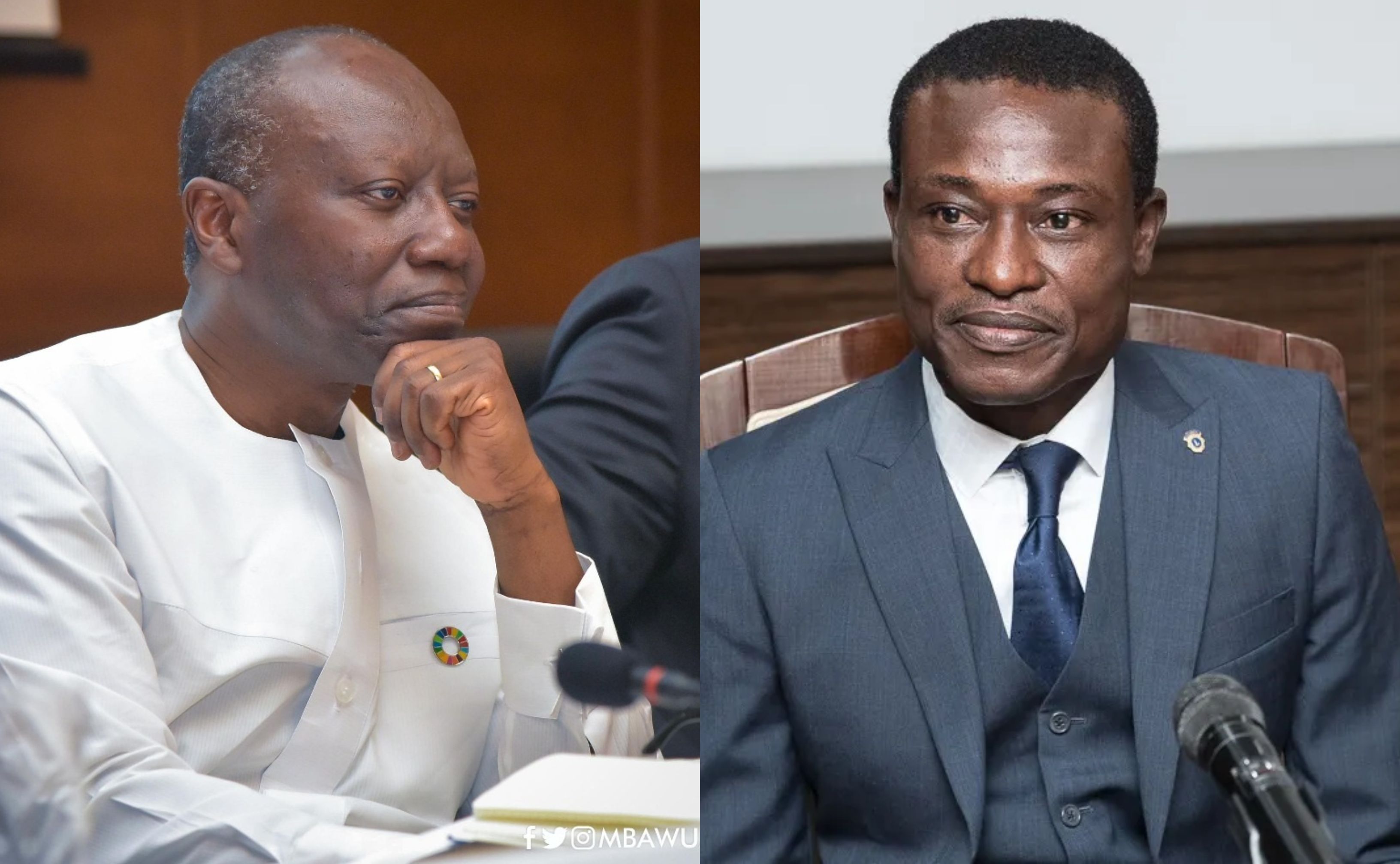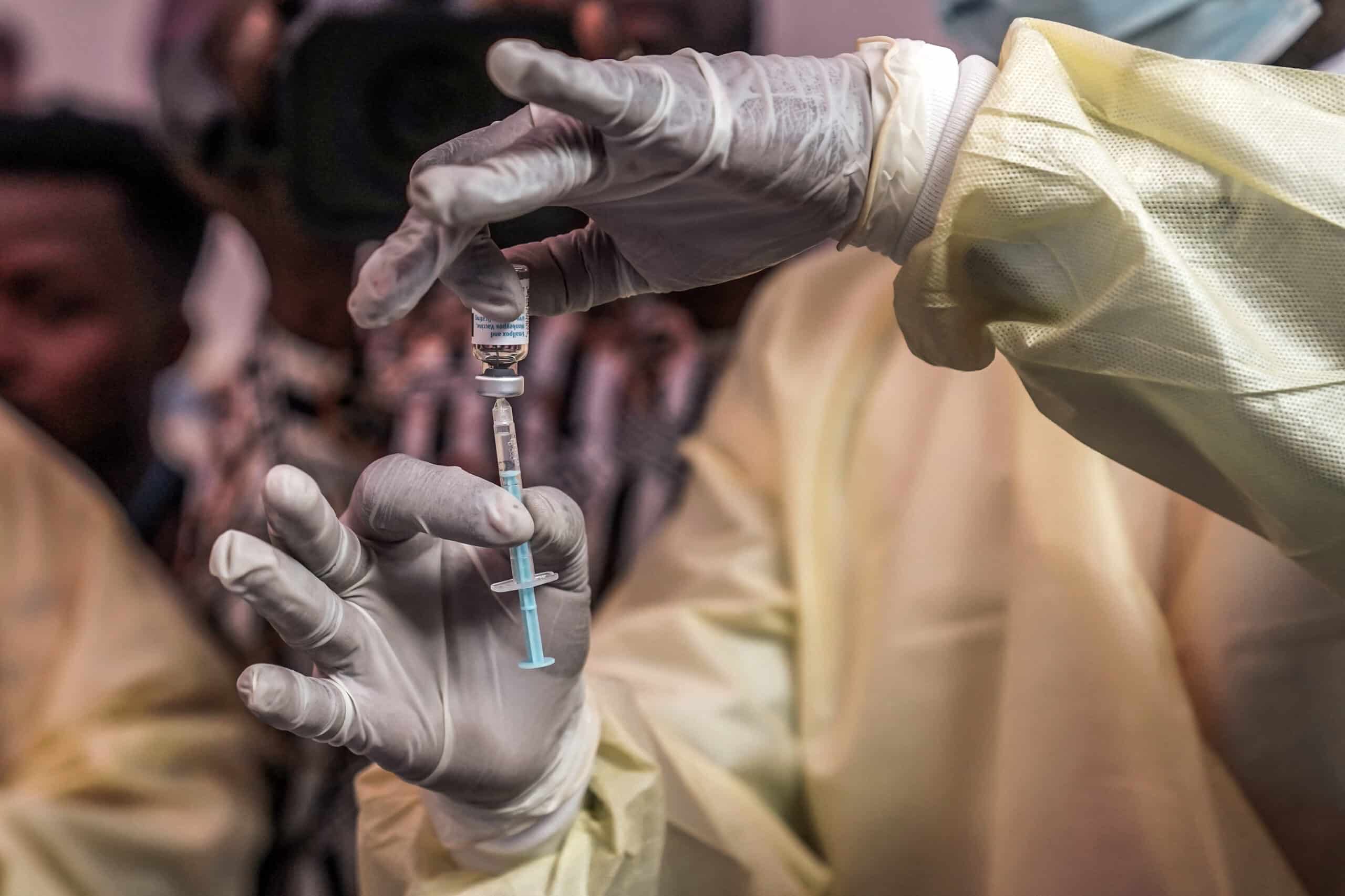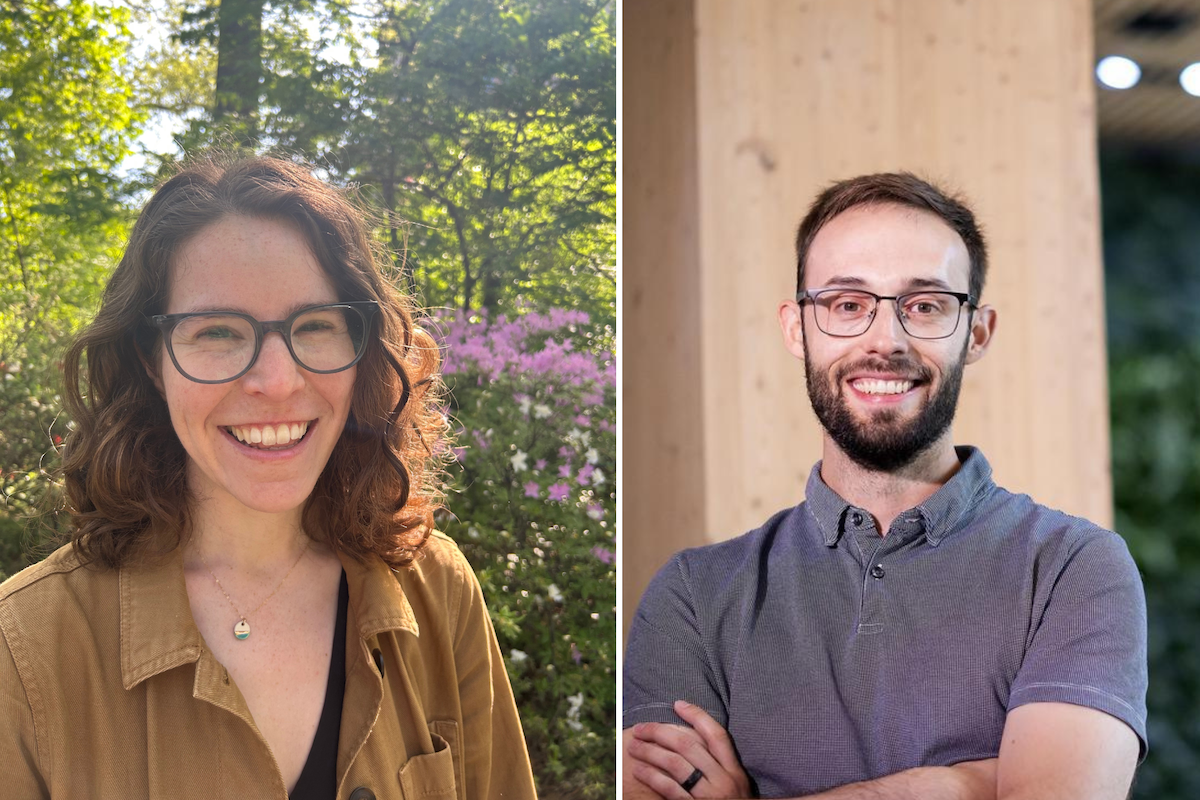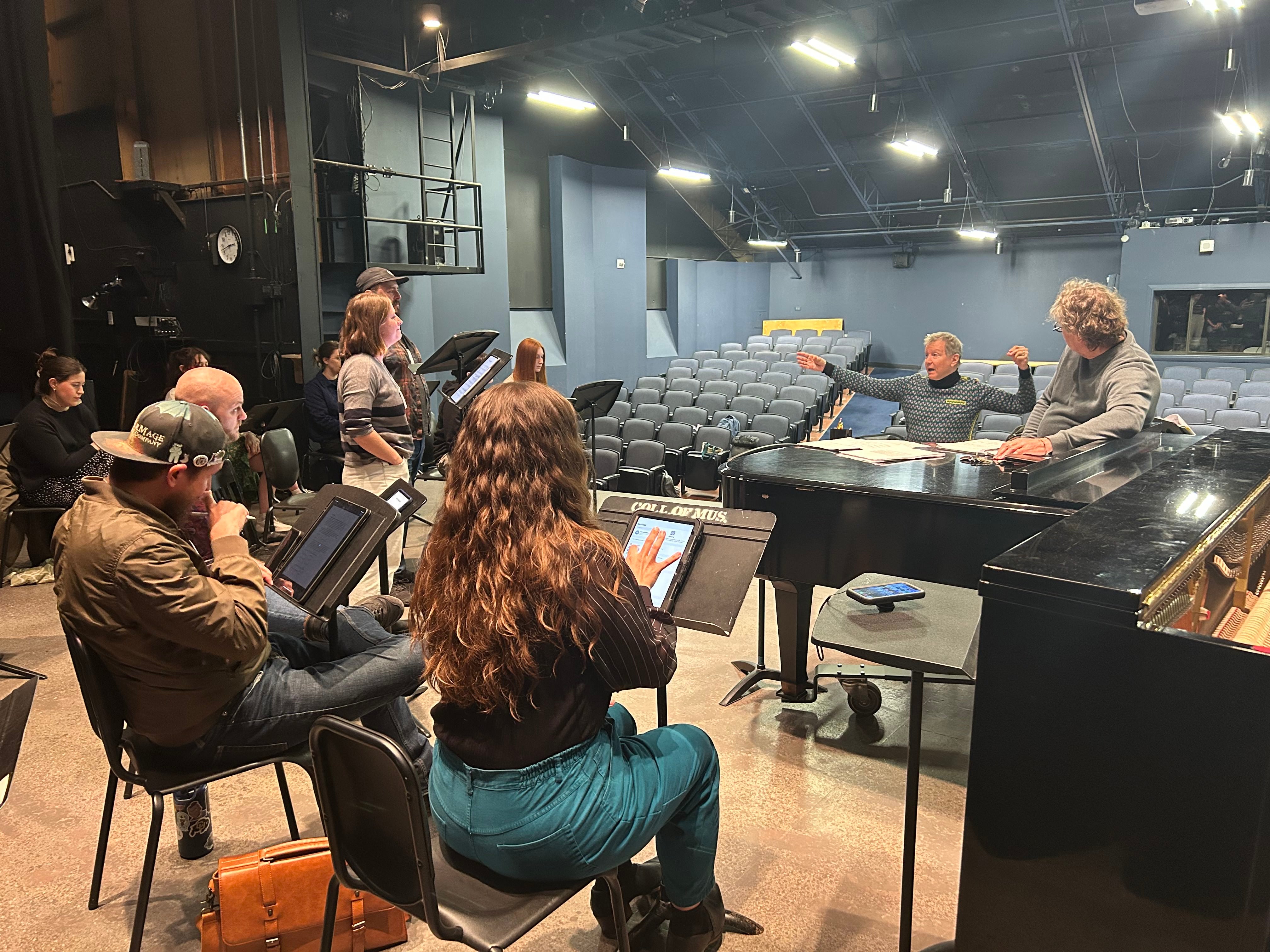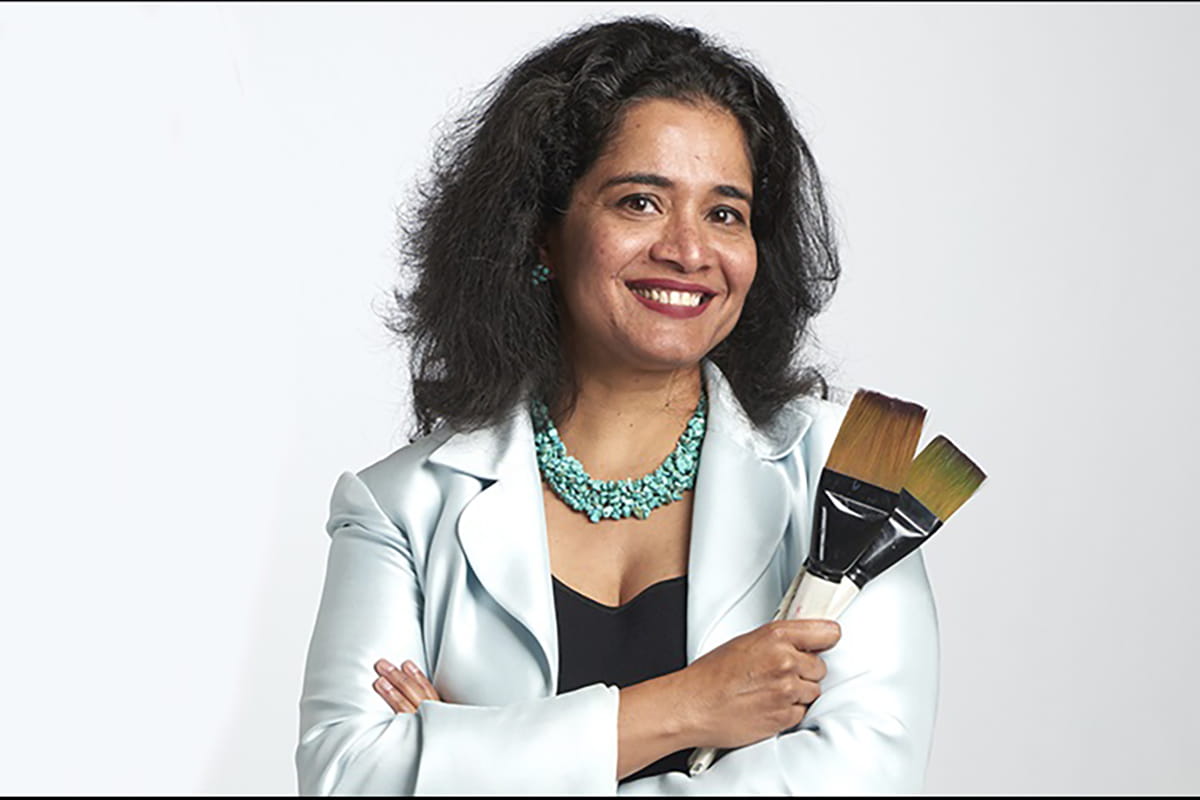By Michael Phillips
I love getting faked out by the movies.
I love believing the impossible, if only for a moment. Moviewise, I live for a lot of things; one of them, by which I was floored at the age 5, was Buster Keaton’s “Cops” (1922) and his startling genius as a physical and comic presence. Half the time, at that age, I wasn’t sure if what I was watching was actually happening. That’s how it is with beautiful illusions, created from real risks that become the audience’s reward...
“It’s an interesting question,” says University of California-Berkeley computer science professor , a specialist in digital forensics and manipulated media detection. “It was easier to separate the movies from real life in the analog days, before digital. Now we live in a world where everything we see and hear can be manipulated.”
The real-world stakes are high, Farid warns, because so much evidence in courts of law rests on the truthfulness of visual evidence presented. He says he’s been asked to verify a dizzying number of photos for a variety of purposes. The questions never end: “Is this image really from Gaza? Is this footage from Ukraine real? Is the image Donald Trump holds up on TV real, or manipulated for political purposes?”
Farid’s referring there to the alleged and quickly debunked veracity of the photo the president held up on camera during his March 2025 ABC News interview with Terry Moran. In the photo, Maryland resident Kilmar Abrego Garcia, deported to an El Salvadoran prison, is shown as having “MS-13” gang-signifying tattoos on his hand. The image, widely cited as having been altered, doesn’t qualify as a deepfake, Farid says. “It’s not even a shallow-fake...”
Hany Farid is a professor in the Department of Electrical Engineering & Computer Sciences and the School of Information at UC Berkeley.
Last updated: June 7, 2025

